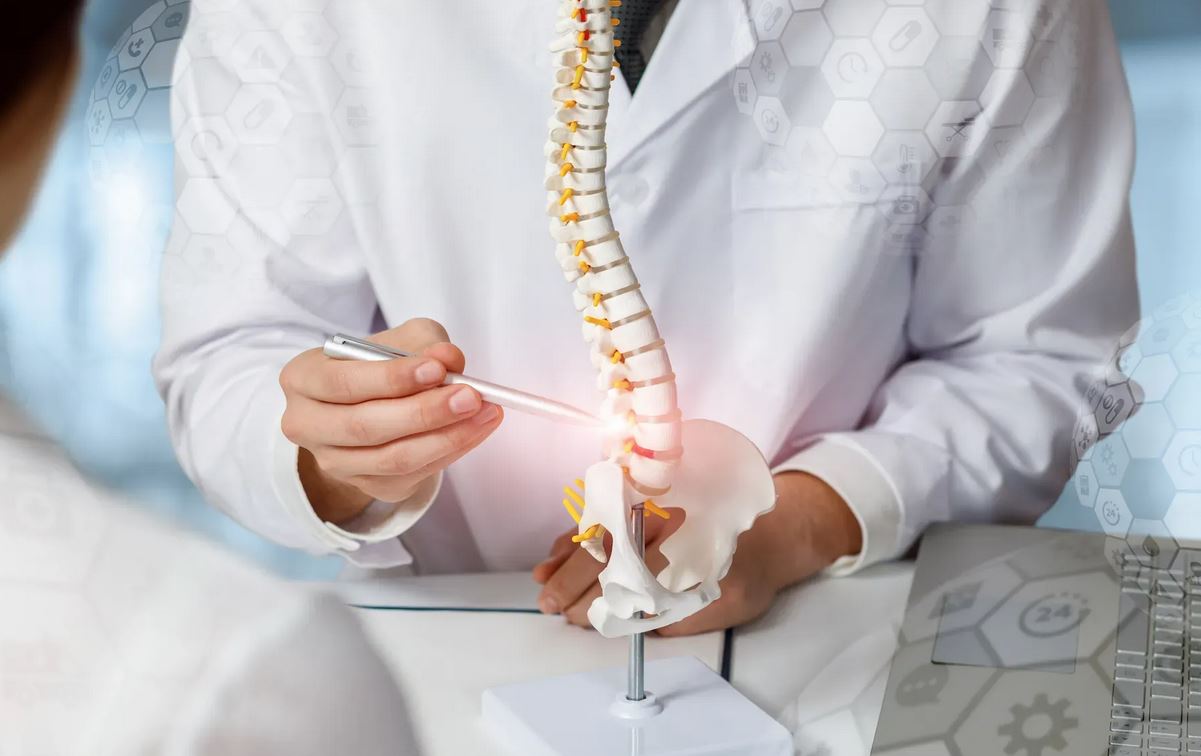
Scoliosis
Scoliosis, characterized by a sideways curvature of the spine, often develops during the growth spurt before puberty. Treatment varies based on factors like curvature degree and age.
Symptoms
- Uneven shoulders or hips
- Back pain or discomfort
- Visible curve in the spine
Investigation and Diagnosis
- Physical examination (Adam’s Forward Bend Test)
- X-rays for detailed spine imaging
- CT or MRI for severe cases
Treatment & Procedures/Surgery
- Observation for mild cases
- Bracing for moderate curvature
- Surgical spinal fusion for severe scoliosis
Can scoliosis be prevented?
Early detection and appropriate treatment can help manage but not prevent scoliosis.
How often should someone with scoliosis be monitored?
Monitoring frequency depends on curvature degree; regular check-ups are advised.
Can scoliosis worsen with age?
Progression varies; some cases stabilize, while others may worsen.
Are there specific exercises for scoliosis?
Physical therapy includes exercises to strengthen core muscles and improve posture.
Can scoliosis cause breathing difficulties?
Severe scoliosis may impact lung function, requiring regular monitoring.
Does wearing a brace guarantee prevention of scoliosis progression?
Bracing is effective in many cases, but individual responses vary.
Can adults develop scoliosis?
Yes, due to aging and spinal changes.
Are there alternative treatments for scoliosis?
Chiropractic care, acupuncture, or specific exercises may help, but effectiveness varies.




